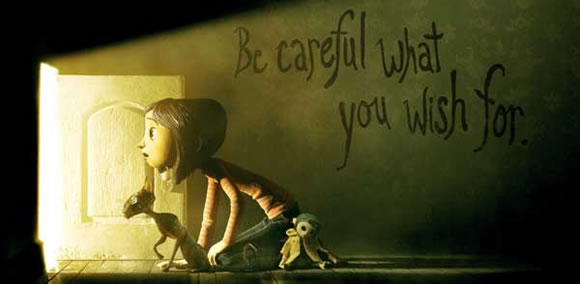Sic Transit Chick Flicks


 The apparent box office success of “She’s Just Not That Into
You” and its
nearly universal critical disdain plus the dreaded upcoming release of
“Confessions of a Shopaholic” has
aroused some controversy about whether Chick Flicks should be wiped from the
face of the earth.
I don’t think any viable expression should be censored, though that conviction
was strained while listening to an audience of besotted women oohing when
[spoiler] Ben Affleck breaks down and buys a wedding ring for a shrewish,
nagging and grotesquely needy Jennifer Aniston. In addition, the Chick Flick has
a noble pedigree, arising from the “Women’s Pictures” of long ago directed by
the likes of George Cukor (note the progress
from Cukor’s 1939 “The Women” to this year’s version )
The apparent box office success of “She’s Just Not That Into
You” and its
nearly universal critical disdain plus the dreaded upcoming release of
“Confessions of a Shopaholic” has
aroused some controversy about whether Chick Flicks should be wiped from the
face of the earth.
I don’t think any viable expression should be censored, though that conviction
was strained while listening to an audience of besotted women oohing when
[spoiler] Ben Affleck breaks down and buys a wedding ring for a shrewish,
nagging and grotesquely needy Jennifer Aniston. In addition, the Chick Flick has
a noble pedigree, arising from the “Women’s Pictures” of long ago directed by
the likes of George Cukor (note the progress
from Cukor’s 1939 “The Women” to this year’s version )

or Douglas Sirk and others. And it’s just one example of a legitimate genre
debased by homogenized marketing, merchandising and the ongoing vulgarization
and dumbing down of the audience.
Like the Holocaust movie. I remember some years ago as an
undergraduate being stunned into silence
with everyone else in my film class after a screening of Alain Resnais’s half
hour long documentary “Night and Fog" (1955). 
Probably no other film on the subject has had quite the same impact, but others
have made worthy attempts: “The Diary of Anne Frank”
“Judgment at Nuremburg” (1961); “The
Pawnbroker” (1964); “The Sorrow and the
Pity” (1969) ; “Sophie’s Choice” (1982) ;
“Shoah” (1985); “Schindler’s List” (1993); “The Pianist” (2002) ...
And then: “Life Is Beautiful” (1998),
the film that transformed the Holocaust into a vehicle for feel-good films,
ones in which the greatest crime in history is mollified for audiences into a
familiar package of mawkish platitudes and clichés. A package easy to sell, as
the crop of movies including “The Boy in Striped Pajamas,” “Defiance,”
“Valkyrie” and “The Reader” demonstrate. And leaves no hard feelings.
One that, as Ron Rosenbaum points out in his “Slate” essay “Don’t Give an Oscar
to ‘The Reader,’” allows the Academy to bestow Oscars with good conscience and
no worries.

The third genre where this pernicious dumbing down is
occurring is in children’s movies. For example, there have been few dissenting reviews
of Coraline http://www.metacritic.com/film/titles/coraline#critics,
and those have almost all criticized it for being too dark and disturbing for
children. I thought it was dark and disturbing enough. I believe kids love dark
and disturbing, like all the other cool stuff that adults think they’re not old
enough to handle. It exercises their imaginations, it helps them learn about
the world they must some day wrestle with. It shows them respect. These people
would have put a PG-13 rating on “The Wizard of Oz” (1939) and “Pinocchio”
(1940). They would have forbidden them
to read Lewis Carroll or Roald Dahl. And they probably would have dragged them
out of screenings of “The Nightmare
Before Christmas” (1993) and “James and the
Giant Peach” (1996), two edgier films by
director Henry Selick, who adapted the bowdlerized Neil Gaiman novel “Coraline.”

And don’t get me started on the “Coraline” filmmakers'
gratuitous inclusion of a boy hero (not in the book) who can rescue Coraline at the last moment.
It’s like having the Tin Woodman return with Dorothy to Kansas at the end of “Oz” and chop up mean
Miss Gulch. So we’ve come full circle, where the children’s movie degenerates into
the lowly condition of today’s chick flick.
















